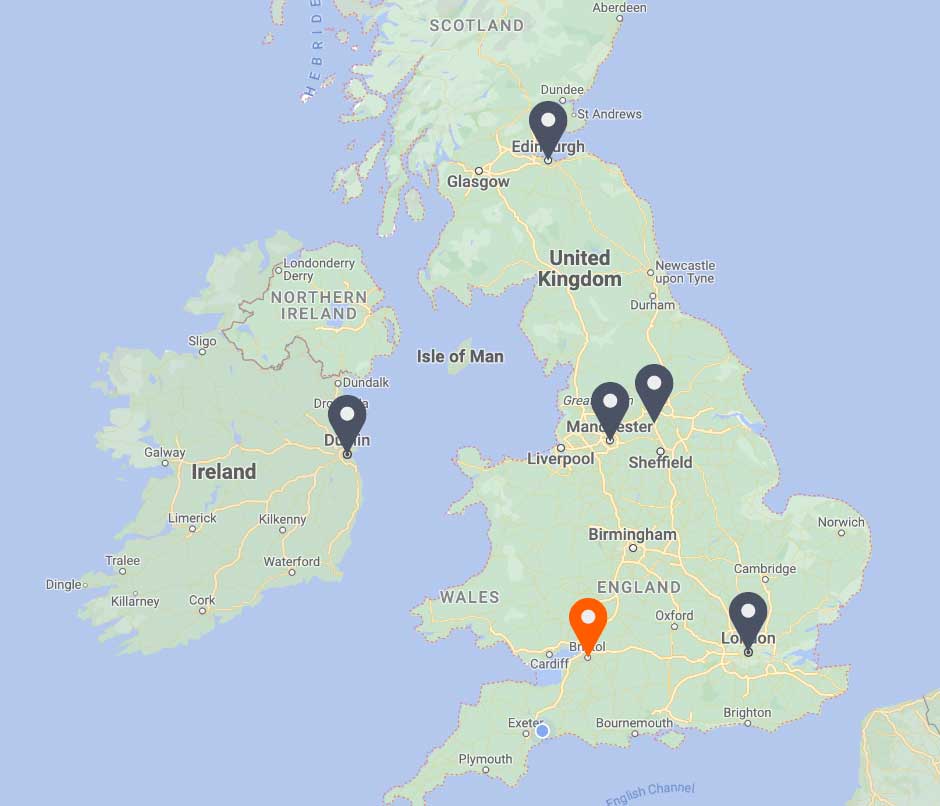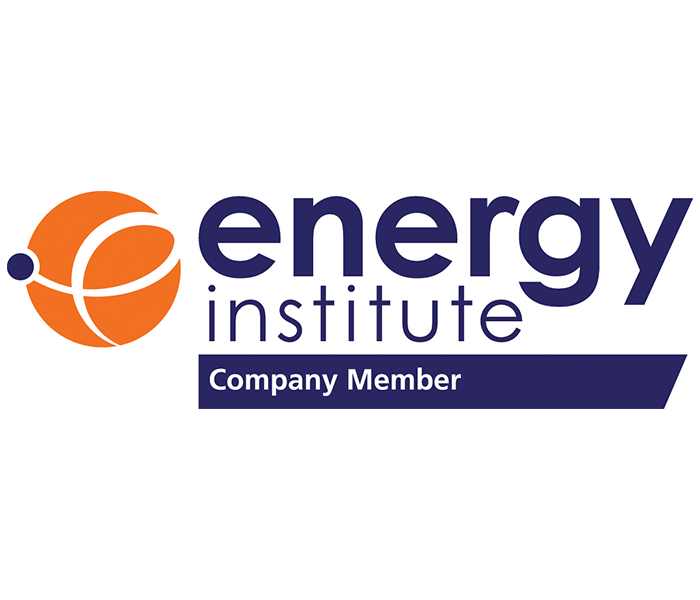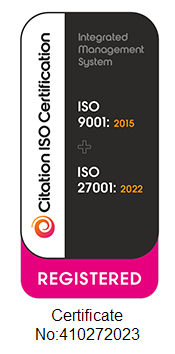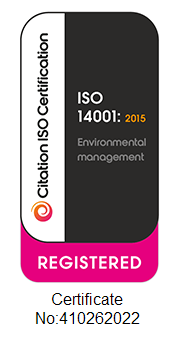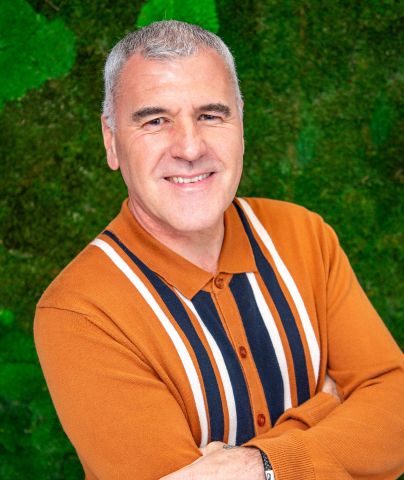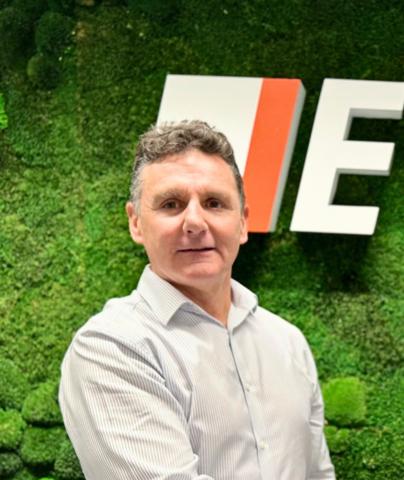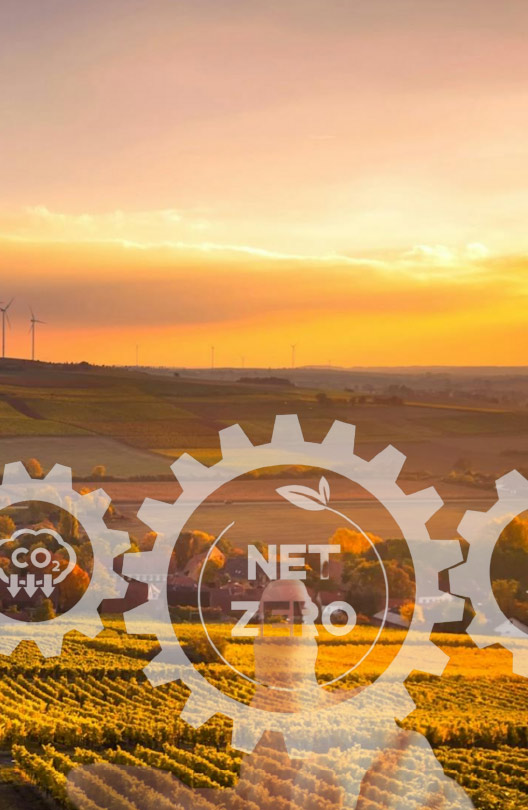THIS ARTICLE AT A GLANCE
CONTACT ETS
If you have any questions or would like to discuss further what you should be doing, ETS is here and willing to help.
Call 0117 205 0542
Email enquiries@energy-ts.com
Submit a contact form
CHECK OUR SERVICES
ESOS UK Summary of Updates

The Environment Agency has published their No.3 ESOS Newsletter. Having continued with their programme, 176 audits have been completed from the date of publication (03/12/2018). Their ESOS UK report included key findings of the audits to date:
- 21% were compliant
- 55% were compliant with remedial actions
- 13% were non-compliant
- 11% did not qualify under the scheme
Some of the areas where non-compliance were identified:
- ESOS audits did not meet the minimum criteria stated in the regulations / guidance
- ESOS Lead Assessor or board sign off missing
- Sampling approach not representative of significant energy use
- Moved premises between qualification and completion dates so organisations thought that there was no need for energy audits
- ‘Process’ energy consumption had been omitted (e.g. manufacturing process / plant and equipment or refrigeration use for chilled or frozen foods)
- Transport use had been omitted when it formed part of the significant energy use of the organisation (i.e. Transport was greater than the 10% de minimis ruling)
Some areas where remedial actions had been identified:
- Organisational structure
- Sampling approach
- Calculations to support estimates
- Reference period and data records
- Audit analysis
- No Director and / or ESOS Lead Assessor sign-off
From the findings, it is clear that interpretation, scope, evidence / records and misunderstanding has led to some audit failures. It is important that you understand and fully appreciate your obligations for phase 2 under ESOS and to engage with a competent ESOS Lead Assessor and consultant to support organisations in becoming fully compliant. Ensure that you remain ahead of the game and assess your organisations preparation and readiness for ESOS Phase 2.
What can you do now?
Carry out ESOS energy audits for the supplies you intend to include in your Significant Energy Consumption. 12 consecutive months of energy data must be provided that includes the qualification date (which falls on 31st December 2018) but not the compliance date. Figure 1 shows the energy data restrictions.

Figure 1: – Energy Data Restrictions for ESOS Phase 2
It is worth noting that relying on invoices could be a mistake as your audits may require more granular data. Different energy streams can be audited at different times so the workload can be spread to suit your business needs.
If you would like to learn more about ESOS Phase 2 and how to ensure compliance, please watch our free webinar, delivered by our Associate Director, Tilly Shaw. Alternatively, please call us on 0117 379 0850 or email enquiries@energy-ts.com and speak to one of our ESOS Lead Assessors.
Final thoughts
If you are looking for an energy management system that is tailored to your business needs, ETS can provide you with 25 years of experience in dramatically improving energy efficiency and reducing environmental impacts. Whether your businesses have individual assets or large international portfolios, ETS can assist you in saving substantial amounts of money while significantly reducing your carbon performance.
To discuss your requirements, get in touch. You can contact us by calling 0117 205 0542 or drop us an email at enquiries@energy-ts.com.















































